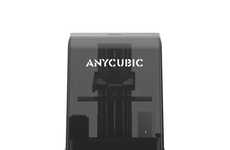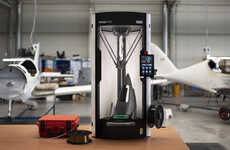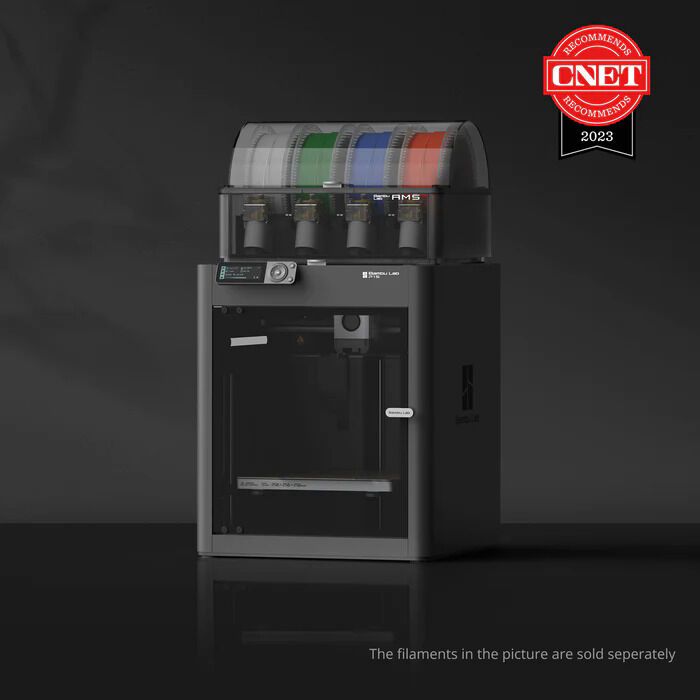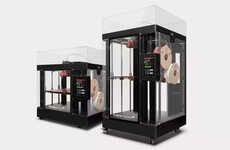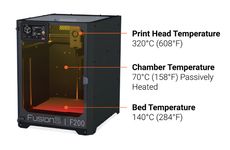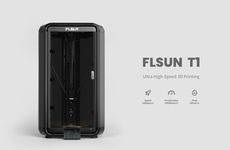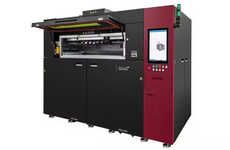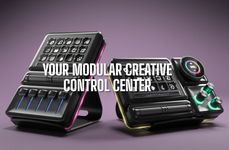
The P1S 3D Printer Works out of the Box with its AMS Material Switcher
Colin Smith — August 19, 2024 — Tech
References: ca.store.bambulab
The Bambu Lab P1S 3D Printer is designed to offer a balance of performance and affordability, making it suitable for both hobbyists and professionals. It features an enclosed build area, which helps maintain a stable printing environment and reduces the risk of warping. The P1S is equipped with advanced features such as power loss recovery and a built-in camera for remote monitoring. Its compatibility with various filaments, including PLA, ABS, and PETG, enhances its versatility. The printer’s user-friendly interface and robust construction contribute to its reliability and ease of use.
When combined with Bambu Lab’s Automatic Material System (AMS), the P1S can print with multiple materials or colors simultaneously. The AMS unit allows for the storage and automatic switching of up to four different filaments, and up to four AMS units can be connected to a single printer, enabling the use of up to 16 different filaments in one print job. This capability is particularly beneficial for creating complex, multi-material objects or detailed multicolor prints. The AMS system also includes features such as filament drying and tangle prevention, which help ensure consistent print quality.
Image Credit: Bambu Lab
When combined with Bambu Lab’s Automatic Material System (AMS), the P1S can print with multiple materials or colors simultaneously. The AMS unit allows for the storage and automatic switching of up to four different filaments, and up to four AMS units can be connected to a single printer, enabling the use of up to 16 different filaments in one print job. This capability is particularly beneficial for creating complex, multi-material objects or detailed multicolor prints. The AMS system also includes features such as filament drying and tangle prevention, which help ensure consistent print quality.
Image Credit: Bambu Lab
Trend Themes
1. Multi-material Printing - The ability to print objects using multiple materials simultaneously opens avenues for creating more complex and functional 3D-printed products.
2. Smart Filament Management - Automatic filament switching and advanced features like drying and tangle prevention ensure higher quality and reliability in 3D printing projects.
3. Remote Monitoring - Built-in cameras for remote monitoring enhance oversight and control, making the printing process more efficient and reducing downtime.
Industry Implications
1. Consumer Electronics - Enhanced 3D printing technologies enable the creation of more intricate and durable parts, contributing to more advanced and customizable consumer electronics.
2. Healthcare - Medical facilities can use multi-material 3D printers for custom prosthetics and medical devices, improving patient outcomes through more tailored solutions.
3. Education - User-friendly 3D printers with advanced features provide educational institutions with powerful tools for teaching engineering, design, and material science in more practical, hands-on ways.
9.2
Score
Popularity
Activity
Freshness


